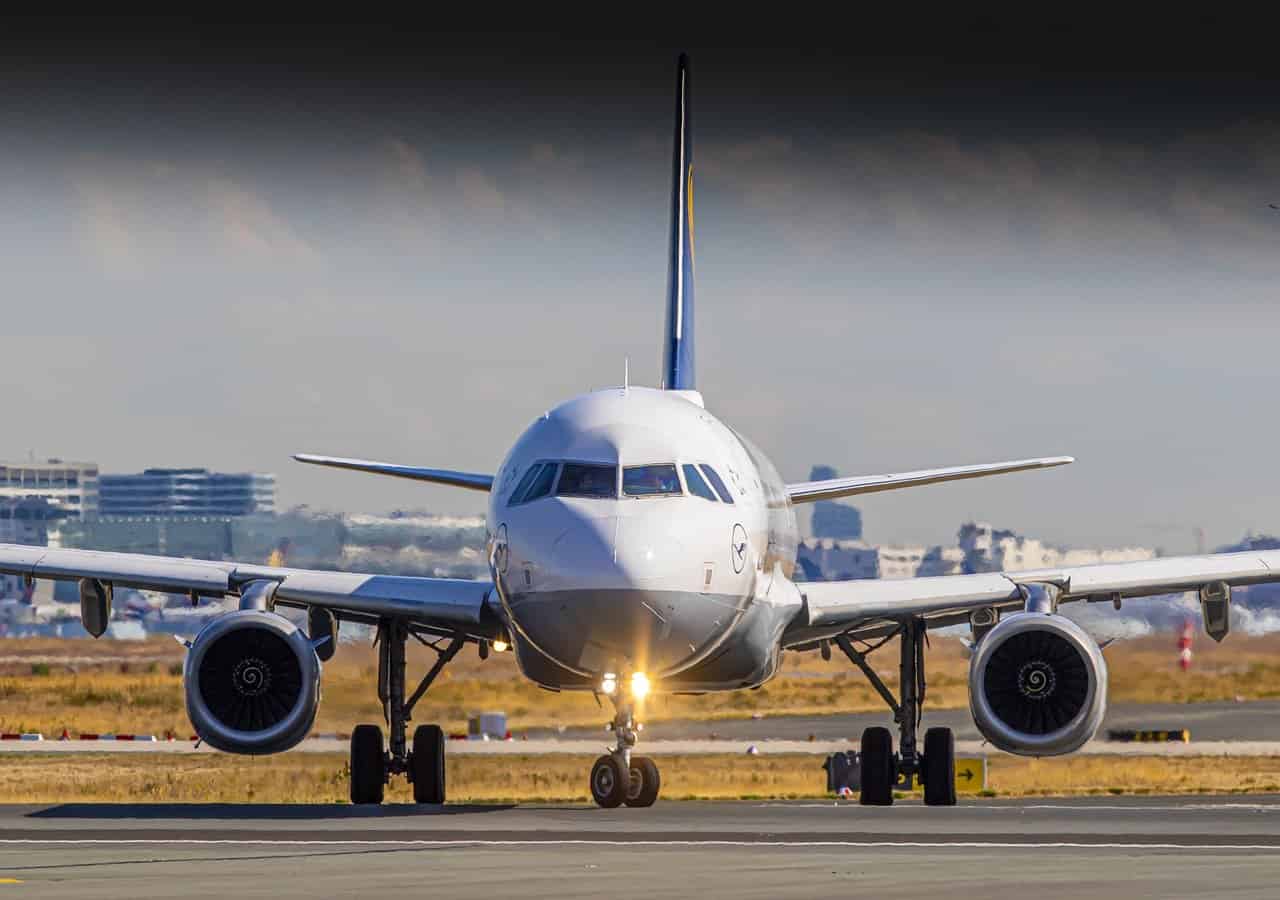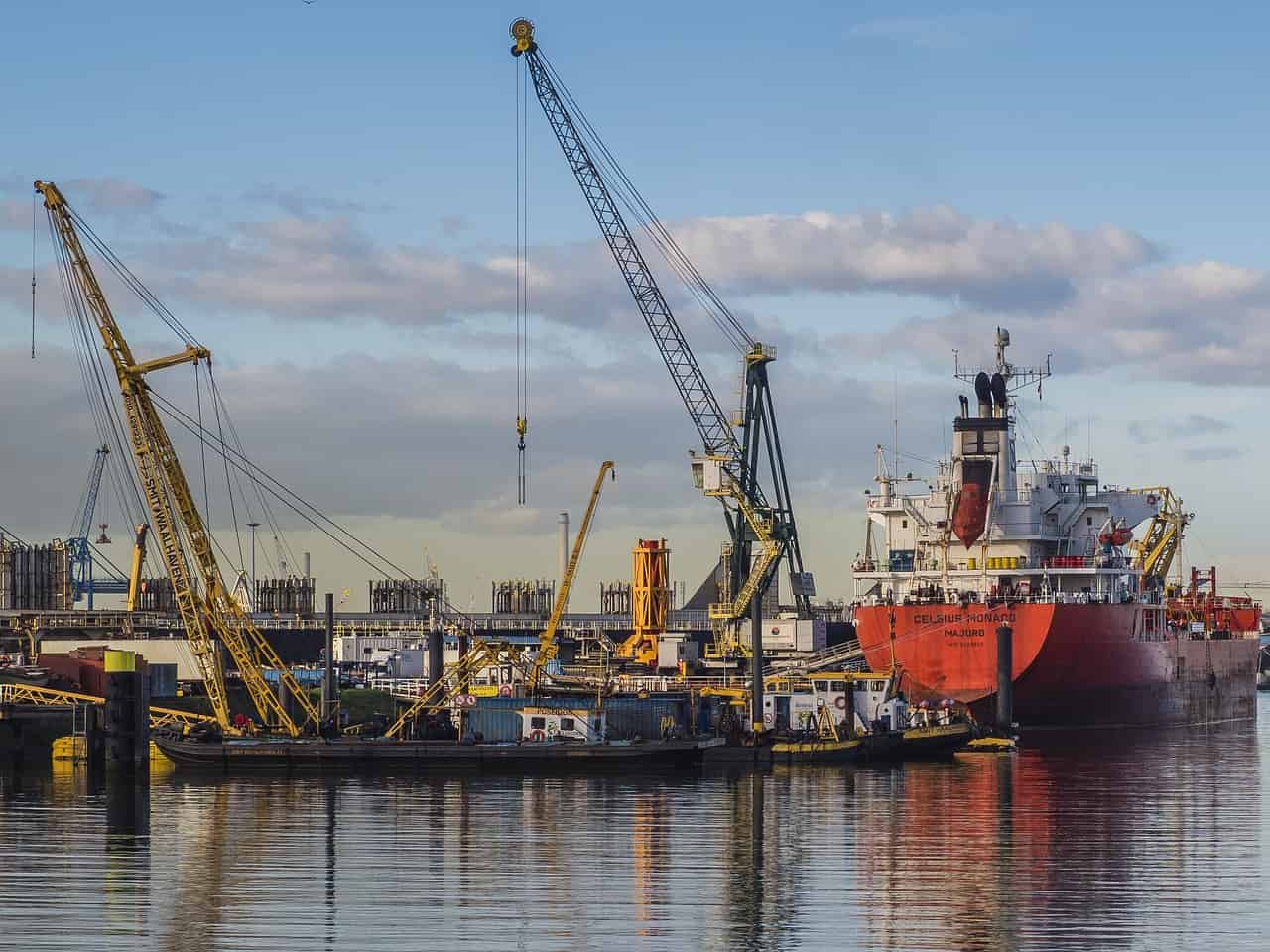
The Netherlands must actively remove CO₂ from the atmosphere to limit global warming. This goes beyond planting trees, says the Scientific Climate Council (WKR) in an opinion. The council suggests that technologies for permanent CO₂ removal should be used. These methods are essential for sectors such as agriculture and aviation that are not quickly becoming climate-neutral. Despite the cost, space, and energy requirements, experts warn of the high price of inaction. The opinion emphasizes the need for rapid government action.
Why this is important:
The Scientific Climate Council (WKR) has made a clear call to the Dutch government: there must be more investment in carbon removal technologies. These technologies are indispensable to achieve the Netherlands’ climate goals for 2050. It is an ambitious call, given that agriculture and aviation, two key sectors of the Dutch economy, are unlikely to be climate-neutral by then.

Emerging technology: promising but costly
Beatrix Bos is a project manager and impact creator at Carbyon. Carbyon aims to directly capture CO₂ from the air, an affordable and scalable technology. “For us, the report’s conclusion does not surprise us. In all scenarios of IPCC reports (Intergovernmental Panel on Climate Change, ed.), CO₂ removal plays a role. Trees and biomass can help, but it is difficult to deploy them on a large scale. Trees grow slowly; exact forest management is needed. With a few kilograms of our material, we can capture more than 100 times as much.”
What is CO2 removal?
The removal of CO₂ from the atmosphere is a long-term sequestration. This can be done temporarily by storing CO₂ in forests, soil, or products. Rather, you want to store CO₂ permanently, such as deep underground and in rocks.
What is new, however, is the scale on which WKR is now announcing that CO₂ removal from the air is to take place. “It is now explicitly mentioned that the Netherlands should fully commit to Direct Air Capture technology, which is surprising.”
Direct Air Capture
Direct Air Capture (DAC) technology is one of the promising technologies for CO₂ removal. It involves extracting CO₂ directly from the atmosphere for underground storage. Carbyon hopes to deploy DAC technology at a cost under €100 per ton of CO₂. Their Air Processing Units (APUs) are compact and affordable, which could be very attractive for the Netherlands, given the limited space available.
However, attracting financing and creating a favorable market remain challenges. Hans de Neve, CEO of Carbyon, previously emphasized that it is not the technology that poses a challenge, but finding the necessary financing and stimulating demand. This underscores the crucial role of the Dutch government in making these technologies financially viable, empowering them to take the necessary steps.
WKR’s advice can help. Bos: “It is a realization: we have to invest to give the technology a chance. Governments and policymakers must indicate that they want to invest in carbon capture systems as they do with wind farms. Moreover, a lot of money is still needed to properly develop and scale up the technology.”

The balance between reduction and removal
It is crucial to balance reducing and removing carbon emissions from the atmosphere. While the WFD emphasizes that emissions reduction is the highest priority, it is clear that specific sectors cannot become sustainable fast enough to meet the climate goals set. As a result, removal is necessary and must be developed quickly.
The Dutch government is advised to start a procurement program for permanent carbon removal and to cooperate more intensively with EU member states. This could accelerate the development of technologies and spread the costs over several countries. The emphasis here is not on finding an excuse to continue CO₂ emissions, but to make a real contribution to a climate-neutral future.
Race against the clock
Time is running out to bring CO₂ removal to the required scale. The electricity supply is expected to be climate-neutral by around 2040, but agriculture and aviation are still likely to emit CO₂ by 2050. According to WKR’s report, the focus should be on maximizing emissions reductions in all sectors while also offsetting the inevitable residual emissions.
WKR cautions against competition between carbon removal and emissions reduction. A strict limit on residual emissions from sectors such as aviation and agriculture can ensure that offset targets remain achievable. Bos: “Removing CO₂ from the air is not a holy grail. Hans (de Neve, ed.) often compares it to a tap that is open. The water is at our lips; we need to mop up as well as turn off the tap. DAC can help with the mopping, but initiatives to make processes greener and cleaner are indispensable.”


